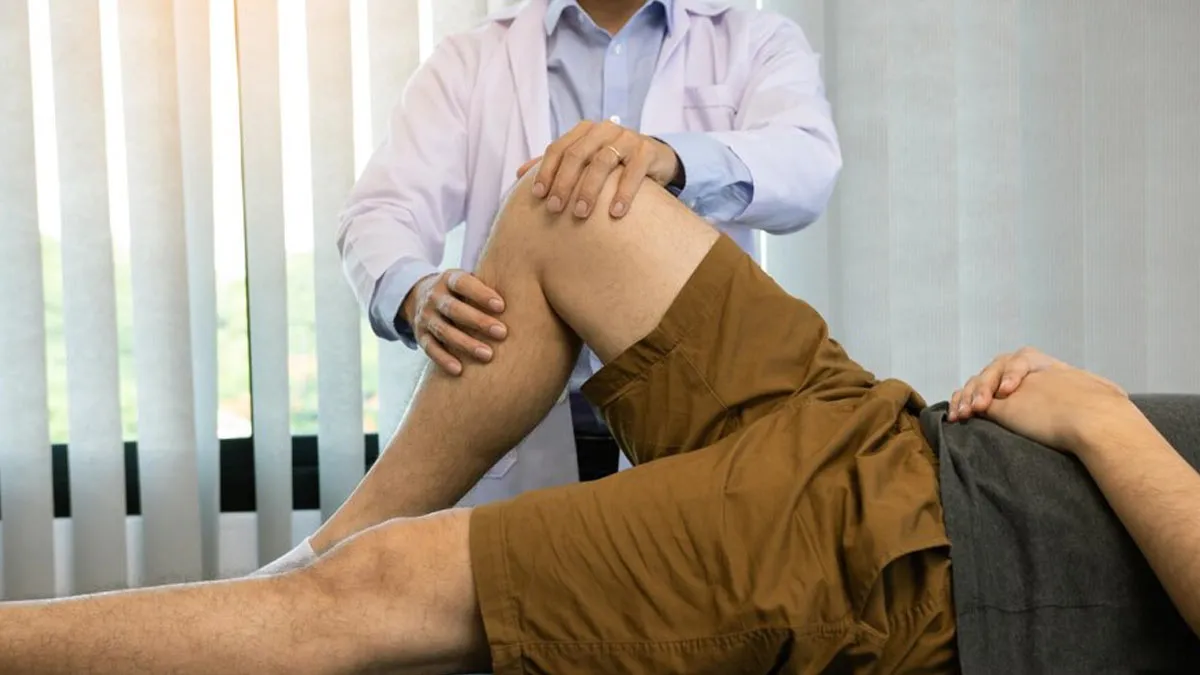
If you are an athlete at all levels, you know that you are constantly pushing your body to the limit. However, injuries are inevitable and when they happen, they can disrupt not only physical performance but also mental and emotional well-being. This is when regenerative medicine comes into play. It is the latest buzzword in the world of sport and making waves for its potential to accelerate recovery and get athletes back in action faster than ever.
Table of Content:-
We spoke to our expert, Dr Kapil Dave, Director of Sports - Sharda University, to exactly understand what regenerative medicine is, and if it truly speeds up sports injury recovery. Here is what he shared with us.
What Is Regenerative Medicine?
Regenerative medicine typically focuses on repairing, replacing, or regenerating damaged tissues and organs. “Unlike traditional treatments that primarily manage symptoms, regenerative medicine aims to heal the root cause of injury or illness by harnessing the body’s innate ability to regenerate cells and tissues,” Dr Tyagi explained.

Also Read: Struggling With A Sports Injury? 4 Kinds Of Therapy To Help You Recover Faster
Adding to his statement, Dr Tyagi also shared that there are several types of therapies in regenerative medicine. These include:
Stem Cell Therapy
In this therapy, stem cells, often derived from bone marrow or adipose tissue, are introduced to the injured area to promote tissue regeneration.
Platelet-Rich Plasma (PRP) Therapy
This therapy involves concentrated platelets from the patient’s own blood being injected into the injury site to accelerate healing.
Prolotherapy
A solution, often containing dextrose, is injected to stimulate the body’s natural repair mechanisms during prolotherapy.
Tissue Engineering
Tissue engineering uses lab-grown tissues to replace damaged structures.

Also Read: World Physiotherapy Day: Can Physiotherapy Help Prevent Sports Injuries?
How Does Regenerative Medicine Help In Sports Injuries?
Sports injuries commonly involve damage to muscles, ligaments, tendons, or cartilage. These structures have limited natural healing capacity, which can lead to prolonged recovery times or incomplete healing. Regenerative medicine offers a more targeted approach to recovery by:
- Accelerating healing
- Reducing inflammation
- Restoring functionality
- Minimising the need for surgery
Can Regenerative Medicine Speed Up Sports Injury Recovery?
Dr Tyagi highlighted that while regenerative medicine shows immense promise, its effectiveness can depend on various factors:
Type of Injury
Soft tissue injuries, such as ligament sprains or tendon tears, tend to respond better than fractures or severe cartilage damage.
Timing of Treatment
Early intervention with regenerative therapies often yields better outcomes.
Individual Factors
Age, overall health, and the severity of the injury play a role in determining results.
However, it is also worth noting that regenerative medicine isn’t a magic bullet and it is still evolving, with ongoing research exploring its full potential.. While it can accelerate recovery in many cases, it is often most effective when combined with traditional treatments such as physical therapy, rest, and proper nutrition.
For now, athletes considering regenerative medicine should consult a medical professional experienced in this field. A personalised approach—tailored to the athlete’s specific injury and recovery goals—will maximise the benefits of these cutting-edge therapies.
Takeaway
Regenerative medicine is surely an exciting frontier in sports injury recovery. While it’s not a one-size-fits-all solution, its ability to target healing at the cellular level offers hope for faster, more effective recovery. For athletes eager to return to the game stronger than ever, regenerative medicine might just be the game-changer they need.
Also watch this video
How we keep this article up to date:
We work with experts and keep a close eye on the latest in health and wellness. Whenever there is a new research or helpful information, we update our articles with accurate and useful advice.
Current Version